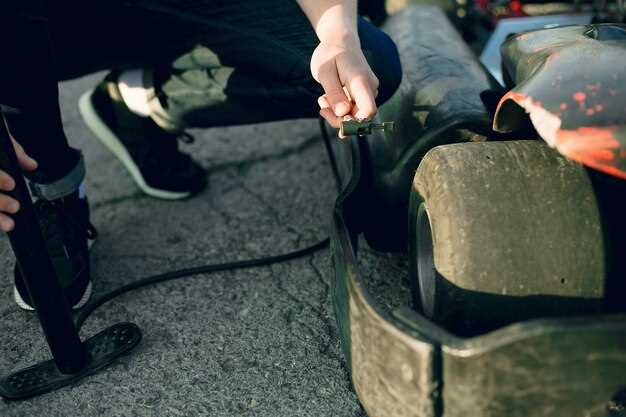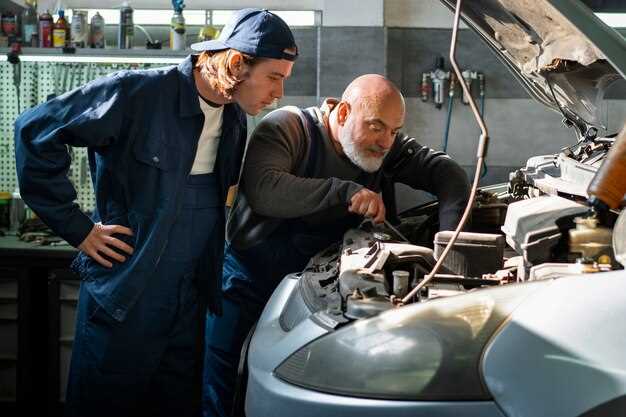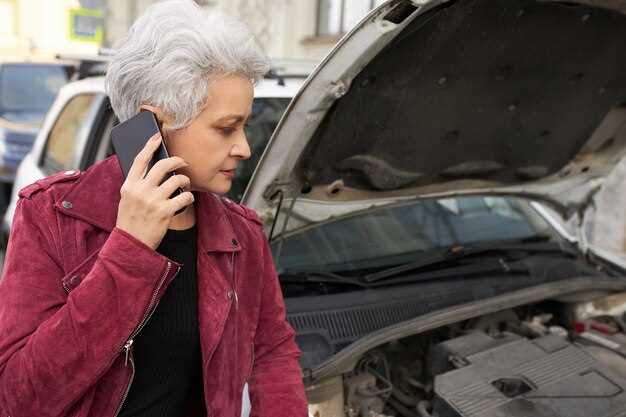
Rewiring an old vehicle is not merely a task; it is a crucial aspect of automotive restoration and enhancement. Many classic cars and vintage models suffer from outdated wiring systems that can lead to electrical failures, safety hazards, and a diminished driving experience. This article will explore safe methods for rewiring, ensuring that you can breathe new life into your cherished automobile while minimizing risks.
Understanding the importance of proper wiring is paramount. In older vehicles, wiring may not only be deteriorated but can also pose a fire risk due to frayed connections and poorly insulated wires. Using safe methods for rewiring not only contributes to the vehicle’s longevity but also supports the driver’s safety and reliability on the road.
This guide will cover essential steps, techniques, and tools required for rewiring an old car effectively. Emphasis will be placed on best practices and safety precautions to ensure that every connection is made correctly, avoiding future complications. Whether you are a seasoned mechanic or a DIY enthusiast, following these guidelines will help you achieve a successful rewiring project, ensuring that your classic vehicle continues to perform at its best.
Assessing the Existing Wiring Layout Before Starting

Before beginning the rewiring process of an old vehicle, it is crucial to thoroughly assess the existing wiring layout. This evaluation serves as a foundational step that guides the entire rewiring project. Begin by inspecting the vehicle’s wiring harness and identifying the different circuits and components. Take note of their locations, function, and connections, as this information is vital for a successful update.
Documenting the current wiring setup is essential. Use detailed diagrams or photographs to capture the arrangement of wires and their connections. This visual reference will aid in preventing errors during the rewiring process and assist in troubleshooting any issues that may arise later.
Check for any signs of wear, damage, or corrosion in the existing wiring. Look for frayed wires, broken connectors, and areas exposed to moisture, which can compromise the integrity of the electrical system. Highlighting these problem areas allows for targeted improvements during the rewiring.
Ensure to trace each wire back to its source and destination. This practice helps in understanding how power flows through the vehicle and assists in planning the new layout. Familiarizing yourself with the wiring diagrams specific to your vehicle model can provide additional clarity and help avoid miswirings.
Additionally, consider the purpose and requirements of any new components or systems you plan to integrate. Evaluate whether the existing wiring can support additional loads, or if upgrades, such as heavier gauge wires or modern fuses, are necessary. This assessment will help in minimizing future electrical issues.
In conclusion, a comprehensive assessment of the existing wiring layout is vital for ensuring a safe and effective rewiring process. Careful documentation and analysis pave the way for a smoother project and enhance the overall reliability of the vehicle’s electrical system.
Choosing the Right Materials for a Secure Rewire
Selecting the appropriate materials is crucial for a successful and safe rewiring of an old vehicle. The primary considerations should include wire type, insulation quality, connectors, and terminals.
Begin with the wiring itself. Use automotive-grade wire that meets the standards set by the Society of Automotive Engineers (SAE). Typically, stranded copper wire is recommended due to its flexibility and conductivity. Ensure that the gauge of the wire corresponds to the current requirements of the circuits being replaced; thicker wires handle more current without overheating.
Insulation is another vital element. Choose wires with high-quality insulation, preferably made from materials like PVC or cross-linked polyethylene (XLPE). These provide excellent resistance to heat, moisture, and chemicals, ensuring longevity and safety. Avoid using household electrical wires as they may not withstand automotive conditions.
Connectors are essential for maintaining secure and reliable connections. Opt for crimp connectors designed specifically for automotive use, as they effectively withstand vibrations and environmental factors present in vehicles. Additionally, consider using soldered connections in conjunction with heat-shrink tubing for added protection against moisture and contaminants.
Terminals should be selected carefully to ensure compatibility with the existing electrical system. Use non-corrosive materials, such as nickel-plated brass or stainless steel, to prevent degradation over time. It is also advisable to use terminal sealant to further protect against corrosion.
Finally, do not overlook fuses. Invest in quality fuses that match the specifications required for the existing system. The use of circuit breakers can also be beneficial, as they provide automatic resets after a fault occurs, ensuring the system remains protected.
By paying attention to these material choices, you can significantly enhance the safety and reliability of your vehicle’s electrical system during the rewiring process.
Testing and Troubleshooting After Completing the Rewire

Once the rewiring of your old vehicle is complete, it is crucial to conduct thorough testing and troubleshooting to ensure that all systems function correctly. Below are essential steps to follow:
- Visual Inspection:
- Check all wire connections for tightness and security.
- Inspect for any exposed wires or potential shorts.
- Ensure that all connectors are properly seated and free of corrosion.
- Battery Check:
- Ensure the battery is fully charged.
- Measure voltage using a multimeter; it should be around 12.6 volts.
- Testing Electrical Components:
- Test lights, turn signals, and interior electronics for functionality.
- Check the operation of the starter motor and alternator.
- Conduct a Voltage Drop Test:
- Perform this test at key points in the electrical system.
- Look for significant drops which could indicate resistance issues.
- Check Fuses and Relays:
- Inspect all fuses to ensure they are intact and rated correctly.
- Test relays to ensure they are functioning as intended.
- Observe Warning Lights:
- Turn the ignition to the ‘on’ position and observe any dashboard warning lights.
- Investigate any lights that remain illuminated after starting the engine.
- Test Drive:
- Take the vehicle for a short drive to check for any electrical issues under load.
- Pay attention to the behavior of lights, radio, and other electrical components while driving.
If issues are encountered during testing, revisit your wiring connections and consult wiring diagrams to ensure correct configurations. Documentation of any problems and resolutions will aid in future repairs and maintenance.

